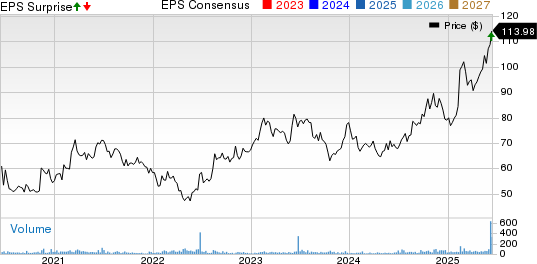On Thursday, July ICE NY cocoa closed up +309 (+3.24%) at $9,864, and July ICE London cocoa closed up +78 (+1.20%) at $6,550. The rise in cocoa prices was driven by a 0.70% drop in the dollar index, providing strength across commodity markets. Cocoa prices also benefited from indications of reduced cocoa exports, particularly an 11% year-over-year decline in Nigerian cocoa exports for April, totaling 18,561 metric tons.
Despite these gains, market pressures remain. Cocoa experienced a weekly decline, reaching a 1.5-week low amid improving weather forecasts for cocoa crops in West Africa, which include the Ivory Coast and Ghana. The International Cocoa Organization has projected a global cocoa deficit of 494,000 metric tons for 2023/24, the largest in over 60 years, with production anticipated to drop by 13.1% to 4.38 million metric tons.
Consumer demand challenges are also affecting the market, with major chocolate companies like Barry Callebaut and Hershey Co. reporting reduced sales and potential tariff impacts leading to higher prices. Q1 cocoa grindings saw declines across all major regions, with North America down 2.5% year-over-year, Europe down 3.7%, and Asia down 3.4%.








